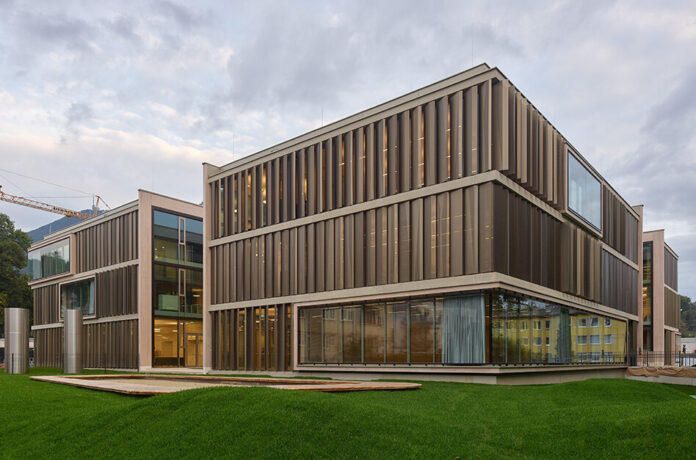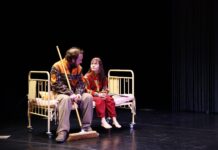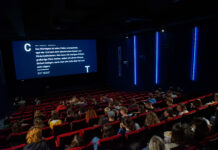
Homeschooling is not the answer. That much is clear by now. But it is also clear that the digitization of learning environments, which has received a sudden additional boost from the pandemic, is calling into question the previously valid requirements and concepts for the design of educational spaces just as fundamentally as new teaching and learning models in didactic and educational research.
In recent years, Salzburg has seen the construction of a number of new school and university buildings that have attracted international attention. The Gnigl Education Campus by the SEP – Storch, Ehlers und Partner team of architects is just as much a part of this as the Unipark Nonntal by the same office.
Since these projects were designed, however, didactic and pedagogical research has already developed significantly again. The pedagogical and didactical research of the past years has led to partly fundamentally new educational mediation concepts, to which conventional structures of school buildings can no longer really correspond.
Open, interdisciplinary learning, learning in teams and groups even of different ages, experience and knowledge levels, fluid alternation between concentration, communication and physically active phases that promote holistic learning and, last but not least, the exponentially growing use of online learning tools that will not simply disappear again even after the pandemic, demand completely different buildings and spatial concepts for school and educational buildings than we know today and still build.
Schools with classic classroom structures can no longer adequately meet such requirements. The course for modern concepts of educational buildings is set long before an architectural competition is announced. The program items conceived by the “Initiative Architektur Salzburg” for this year’s Architekturtage Salzburg under the motto “Living / Learning / Space”, focus on this topic. Approaches for processes are outlined that can lead to “learning houses” that can also correspond to contemporary didactic and pedagogical concepts.
For example, it traces the dialog process with all the groups involved that was conducted before the renovation of the elementary school and kindergarten in Salzburg Lehen. Pupils, teachers, school administration and also janitors and school custodians were involved in a dialog process that will form the basis for the conception of the future reconstruction. A film about this process will be presented as part of the “Architekturtage” programme.
However, participation procedures with those affected as preparation for architectural competitions for educational buildings are only a first step.
It would also be worth considering whether future calls for tenders for the design of school and educational buildings should also encourage and promote the formation of interdisciplinary teams of architects and researchers from the fields of didactics, pedagogy, but also from research fields for digital learning in the design concept itself, with the aim that the expertise of all research fields from this field flows into the actual conception phase and is taken into account in the design.
In order to illustrate that the design of educational buildings has always been subject to permanent change and adaptation throughout history, the “Initiative Architektur Salzburg” also takes a look back at the history of educational buildings in Salzburg.
A film by Lea-Sophie Kurz dealing with this topic will also be presented as part of the programme.
Architekturtage Salzburg
Initiative Architektur Salzburg
11. – 12.06.2021
www.architekturtage.at
www.initiativearchitektur.at











